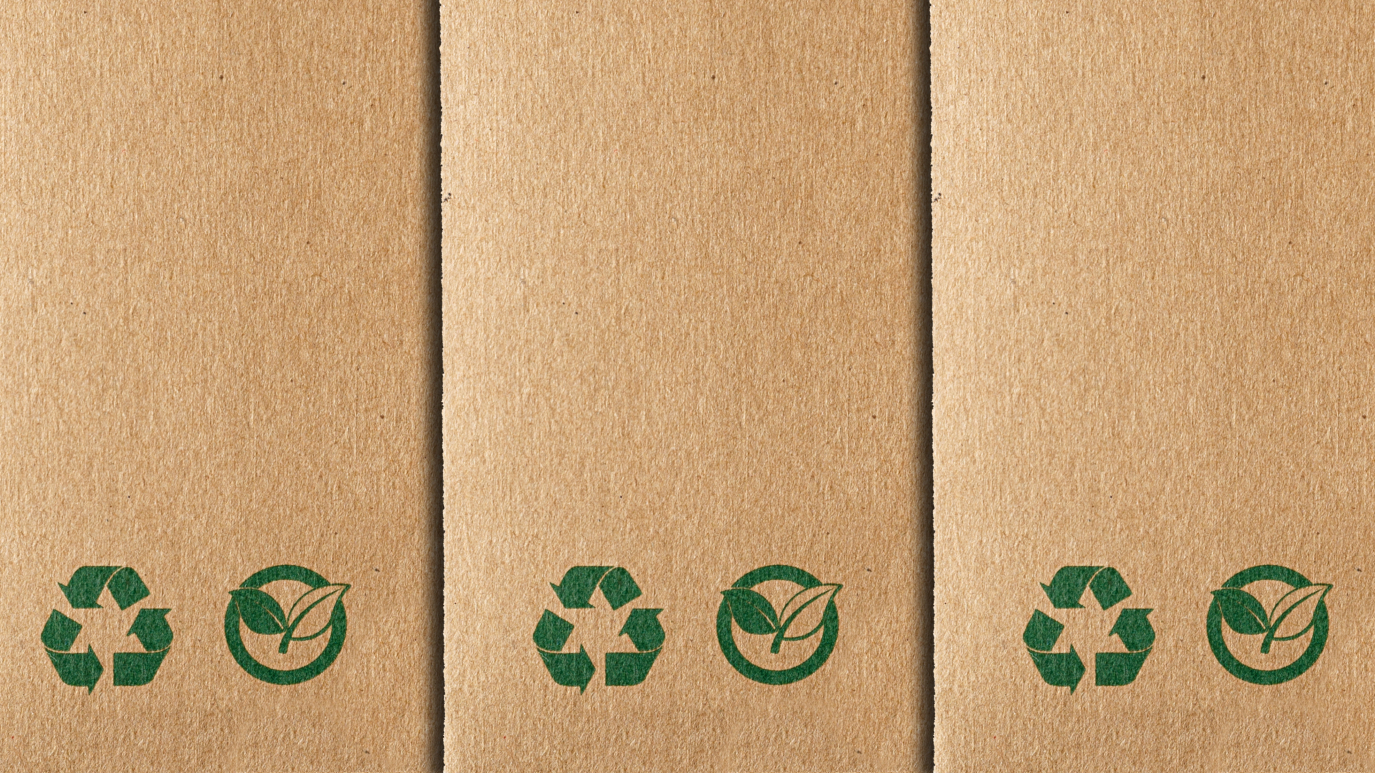Sustainable and Intelligent Materials
One of the main focuses of next generation packaging development is using more sustainable and environmentally friendly materials. Many companies are experimenting with innovative bioplastics that are derived from renewable plant-based sources like bamboo, sugarcane, cassava root or agricultural waste. These bioplastics offer comparable performance to traditional plastics while having a much lower carbon footprint. Researchers are also working on new smart materials that can sense and respond to their environment. For example, some produce packaging is being developed with sensors to monitor oxygen levels and indicate optimal freshness. Packaging may also contain built-in tracking technology for anti-counterfeiting and supply chain management.
Advances in 3D Printing
3D printing is accelerating the pace of Next Generation Packaging innovation. This technology allows for highly customized, versatile and efficient production of packaging components. Complex geometries can be achieved that were not possible with traditional molding. 3D printing also enables on-demand, decentralized manufacturing which reduces waste. Packaging designers now have unprecedented freedom to experiment with intricate, optimized designs. Some packages are even being printed with integrated functions like medication delivery mechanisms. As 3D printing technologies advance, their application in packaging fabrication will continue expanding into new areas.
Smart and Interactive Packaging
Interfaces
Major brands are developing smart packaging that enhances the consumer experience through digital interfaces and connectivity. Pharmaceutical blister packs now include embedded NFC tags that can provide medication instructions, dosage reminders or information directly to a smartphone. Food packages monitor freshness and have integrated QR codes linking to recipe ideas. Interactive displays and sensors will make packaging more engaging and informative. Augmented reality is bringing packaging to life – virtual labels or games printed on a package can be scanned with a device to reveal extra digital content. Two-way communication allows packaging to collect consumer data, preferences and feedback as well. As interfaces become more sophisticated, they will transform how people interact with products throughout the user journey.
Advances in Artificial Intelligence and Robotics
Next Generation Packaging machinery is undergoing a revolution with the integration of artificial intelligence (AI) and robotics. AI and computer vision are enabling inspection systems to detect errors or anomalies in packaging production much more accurately than human inspectors. Robotic arms equipped with advanced sensors are taking over repetitive and dangerous tasks. This improves workplace safety while increasing production efficiency. Packaging designers now have access to virtual simulation tools utilizing AI to model, test and optimize designs without physical prototypes. Robots are also assisting with warehousing, fulfillment and delivery logistics. As AI-enabled manufacturing becomes mainstream, it will drive further innovation, customization and responsiveness in the packaging sector.
Benefits for Supply Chain Management
Advanced tracking and identification technologies are enhancing supply chain visibility and control. Radio-frequency identification (RFID) tags or near field communication (NFC) chips within smart labels and corrugated boxes allow precise monitoring of product movements in real-time. This provides several benefits for businesses and consumers alike. Companies gain invaluable analytics about demand patterns, shelf-life performance and distribution bottlenecks. Customers enjoy improved transparency regarding sourcing, fresher products and seamless services like returns or repairs. Blockchain integration is enabling even more secure traceability by creating tamper-proof records of each package’s journey. Overall, next generation tracking solutions are building transparency, accountability and resilience into complex global supply networks.
Sustainable Logistics and Delivery
With the explosive growth of e-commerce, there is increasing focus on more sustainable packaging, logistics and delivery methods. Some initiatives involve using lighter-weight, easily recyclable shippers and mailers. Others utilize reusable totes, mailers or Smart Boxes that can be returned for multiple shipments. Emerging last-mile delivery approaches involve centralized pick-up points, locker systems and even autonomous vehicles to consolidate routes and reduce environmental impact. As electric vehicles become more widespread, they will be deployed for greener transportation of packages. Experimentation is also underway with drone deliveries for fast shipping of lightweight items to remote locations. Researchers continue exploring novel ideas like self-assembling, self-destructing or shape-shifting delivery systems for optimized sustainability.
Next generation packaging leverages cutting-edge technologies to enhance materials, designs, production processes, user experiences and supply chain management. Innovations in intelligent surfaces, 3D printing, AI, robotics and digital connectivity are driving unprecedented improvements in performance, customization, safety, sustainability and logistics. Advanced tracking solutions provide strategic advantages through greater transparency, responsiveness and efficiency. As adoption of next generation solutions grows, they will transform how companies interface with customers and optimize operations across the value chain. Most significantly, new packaging innovations now emerging promise to revolutionize entire industries while protecting our global environment for future generations.
*Note:
1. Source: Coherent Market Insights, Public sources, Desk research
2. We have leveraged AI tools to mine information and compile it
About Author - Ravina Pandya
Ravina Pandya,a content writer, has a strong foothold in the market research industry. She specializes in writing well-researched articles from different industries, including food and beverages, information and technology, healthcare, chemicals and materials, etc. With an MBA in E-commerce, she has expertise in SEO-optimized content that resonates with industry professionals. LinkedIn Profile


 by
by 


